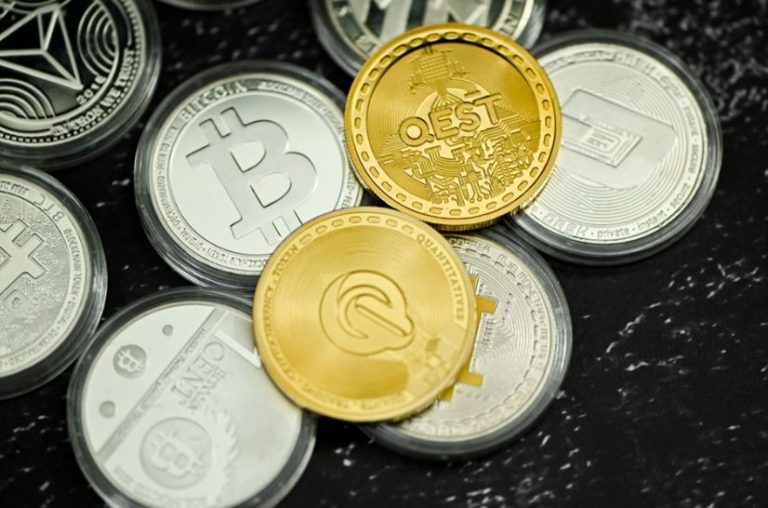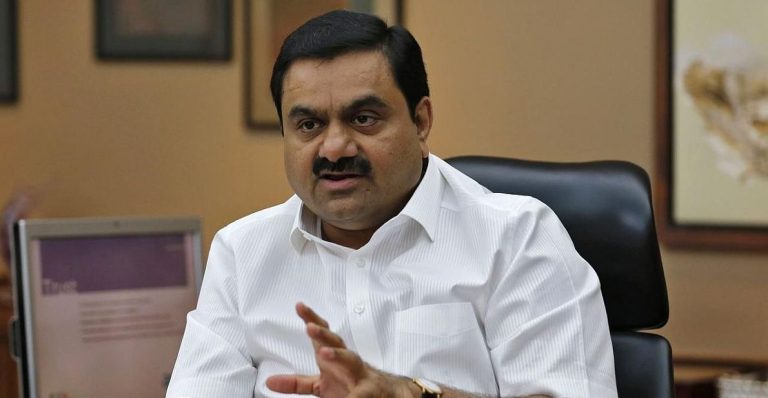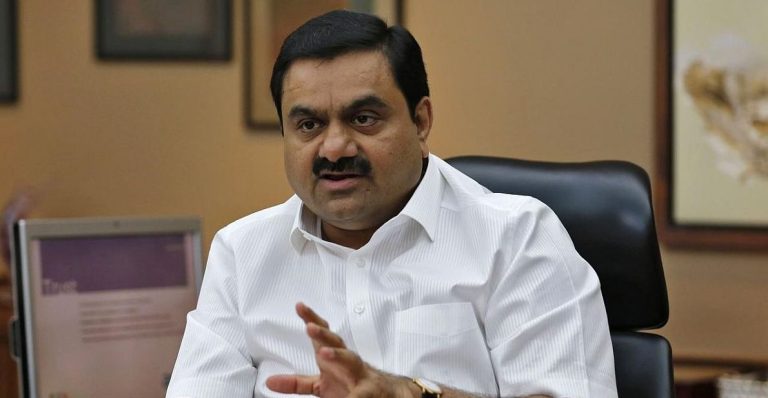Adobe stock price has been a top laggard this year as the company became a top laggard in the artificial intelligence (AI) industry. The ADBE share price was trading at $520 after falling by 13% this year. It has retreated by over 26% from its highest level in 2021, while the tech-heavy Nasdaq 100 index has soared to a record high.
Adobe is lagging in the AI space
The AI industry has been the fastest-growing theme in the technology industry in the past two years. This technology has helped to boost some of the best-known players in the industry, like NVIDIA, Microsoft, Palantir, and Google.
Naturally, Adobe would be one of the top beneficiaries of the industry because of its business. Adobe is involved in the creativity, marketing, and commerce industries that are easy to disrupt with the AI technology.
However, in reality, while Adobe has launched several AI tools, many investors believe that its business is not doing well. The fear is that these AI tools are not leading to more demand for its solutions.
Adobe’s business growth has been fairly weaker than expected. A good example is how its business performed in the last quarter. The report showed that Adobe’s revenue stood at $5.41 billion, a 11% year-on-year growth rate. This growth was driven mostly by the creative cloud, document cloud, and experience cloud.
Most of Adobe’s revenue came from its digital media segment whose revenue rose to $4 billion. As part of this division, its creative revenue rose to $3.19 billion, while the document cloud business revenue was $807 million.
Adobe’s Digital Media segment had an annualised recurring revenue rose to $504 million, while the digital experience was $1.35 billion.
Adobe’s advantage over the years has been the strength of its brands like Photoshop and Illustrator. These are some of the best-known applications in the respective industries.
The challenge is that these businesses are seeing strong competition from the likes of Figma and Canva. Figma is now valued at over $12.5 billion, while Canva is now valued at almost $50 billion. These are notable developments since the two companies were established in 2012.
Read more: Adobe issues tepid guidance: ‘I’m not that surprised’
Is Adobe overvalued or a bargain?
There are two schools of thought when it comes to its valuation. Some analysts believe that the company’s $227 billion valuation makes it highly overvalued. Other analysts see it as a dirt cheap bargain.
Looking at the numbers, we see that Adobe has a forward price-to-earnings ratio of 28.2, slightly higher than the sector median of 25.5. The trailing twelve months P/E ratio is about 28.86, also slightly higher than the sector median of 25. These numbers are much lower than the five-year averages of over 35.
Adobe’s forward EV to EBITDA ratio is 20, higher than the sector median of 15. This is an important number that looks at a company’s enterprise value compared to its EBITDA.
Therefore, using these metrics, there are signs that the company is relatively overvalued.
For a SaaS company like Adobe, the best way to look at its valuation is known as the rule-of-40. This is an important rule that compares a company’s growth and its margins.
In its case, its revenue growth is about 11%, while the net income margin is 26%. These figures brings the rule-of-40 figure to 37, meaning that the company is a bit pricey.
Read more: Adobe stock tanks 10% as Q1 earnings beat but guidance disappoints
Adobe stock price analysis
The weekly chart shows that the ADBE share price has moved sideways in the past few months. It remains much lower than the all-time high of $700.
The stock is consolidating at the 50-week and 100-week Exponential Moving Averages (EMA). Most importantly, it has formed a symmetrical triangle pattern, which is nearing its confluence level.
Therefore, the stock will likely have a big move in the next few weeks. The key support and resistance levels to watch will be at $470 and $590. A break above the resistance level at $590 will point to more gains, potentially to $650. On the flip side, a drop below the support at $470 will signal more downsides to $470.
The post Adobe stock price triangle pattern points to big moves ahead appeared first on Invezz










